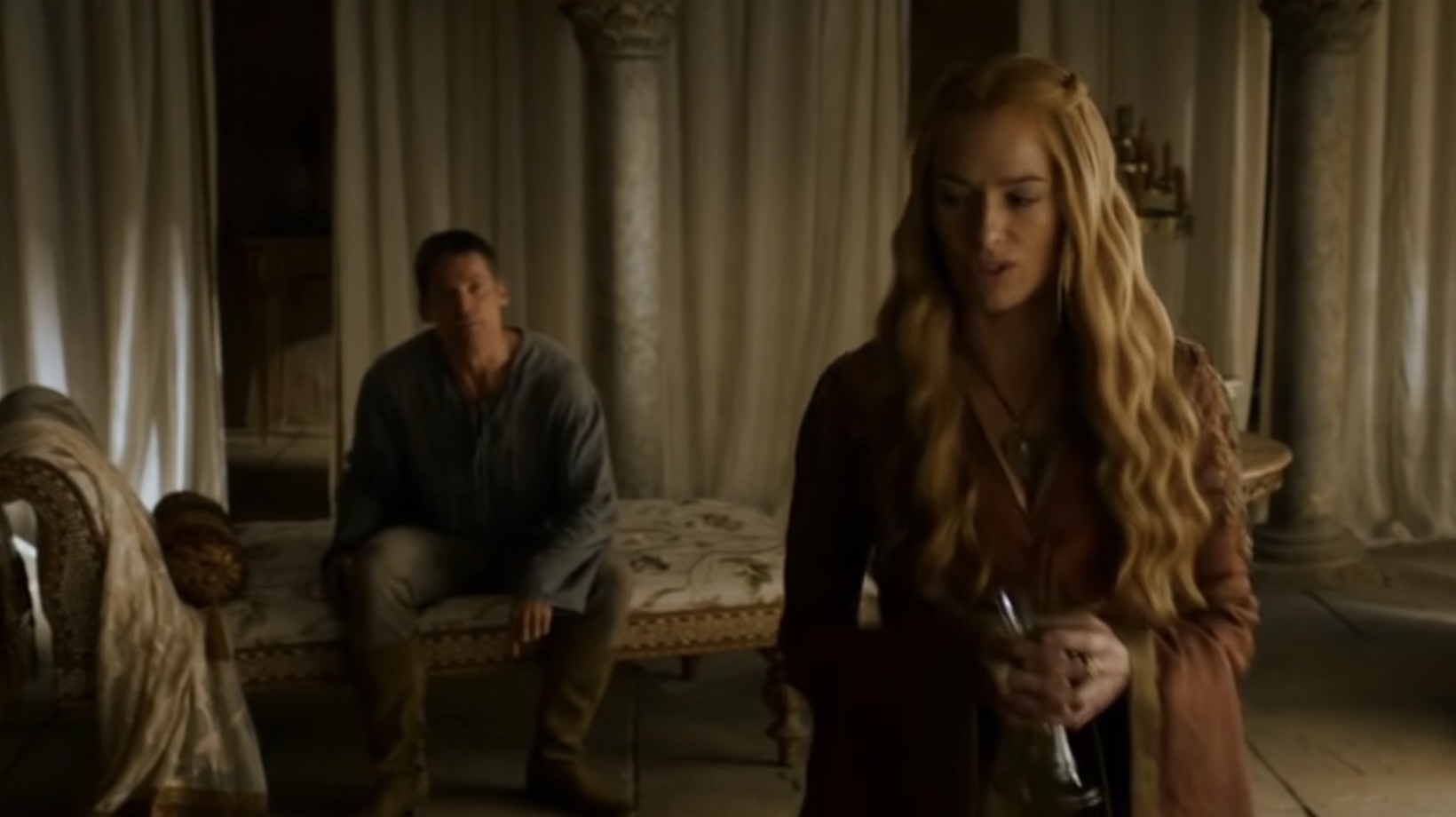Why Is There So Much Incest in Game of Thrones
Let’s dive deep into the historical context of incest in the world of ‘Game of Thrones’. We’ve all seen how this controversial theme has been woven throughout George R. R. Martin’s fantasy series, but understanding its origins requires a look back at real-world history.
In real life, royal families often intermarried to consolidate power and maintain bloodlines. This practice was particularly prevalent in ancient Egypt and European monarchies during the Middle Ages. Similarly, ‘Game of Thrones’ incorporates these historical elements into its plot lines.
The Targaryen family is a prime example as they’re known for brother-sister marriages aimed at keeping their dragonlord lineage pure. Their customs mirror those of Ptolemaic Egypt where siblings often married one another to safeguard their dynastic rule.
Moreover, we see Cersei and Jaime Lannister – twin siblings deeply involved romantically, adding to the show’s intrigue and scandal. It’s significant that even within Westeros society, such relationships aren’t accepted broadly but are more tolerated when it comes to high-born houses.
But let’s be clear here: Martin isn’t endorsing or promoting incestuous relationships; he’s merely reflecting historic practices through his characters in a society far removed from our own.
Remember that ‘Game Of Thrones’ is set in a brutal world with different societal norms than ours today – many inspired by human history itself. By incorporating themes like incest, Martin creates complex narratives that challenge us as readers while providing rich material for discussion about moral boundaries.

Exploring the Role of Power Dynamics in Game of Thrones
We’ve all noticed it, right? The incestuous relationships that seem to be a recurring theme in Game of Thrones. These aren’t just random plot twists though; they’re intricately tied into the show’s exploration of power dynamics.
Let’s start with Cersei and Jaime Lannister. They’re twins, but their relationship goes way beyond sibling love. It’s an assertion of their elitism, a way for them to maintain their pure Lannister bloodline and hold onto power at all costs. This is reflected in several aspects:
- They keep their affairs secret from everyone else.
- Jaime forsakes his chance to inherit lands or titles so he can stay close to Cersei.
- Their children are passed off as legitimate heirs of King Robert, thereby ensuring continued Lannister rule.
Next up we have Daenerys and Jon Snow. While they don’t know they’re related when they become romantically involved, it becomes another symbol for the intricate dance between love and power once revealed.
On one hand, there’s Daenerys – she believes she has a divine right to rule because she’s the last Targaryen (or so she thinks). On the other hand, we have Jon Snow who doesn’t want any part in ruling despite being the rightful heir (as Aegon Targaryen).
What does this tell us about power dynamics?
Well, it shows that those who want power are often willing to cross societal norms (like incest) or even go against their own desires (Jon not wanting to rule) just to grasp it. It also highlights how those without desire for authority often end up being thrust into positions where they wield significant influence.
This isn’t only limited within families either! We see House Frey using marriage alliances – sometimes coercive ones – as a tool for gaining more control over territories and resources.
So, while the incestuous relationships in Game of Thrones may initially shock viewers, they’re not just there for shock value. They serve a deeper purpose – an exploration into the lengths people will go to maintain or acquire power, and how this relentless pursuit often leads to their downfall.









